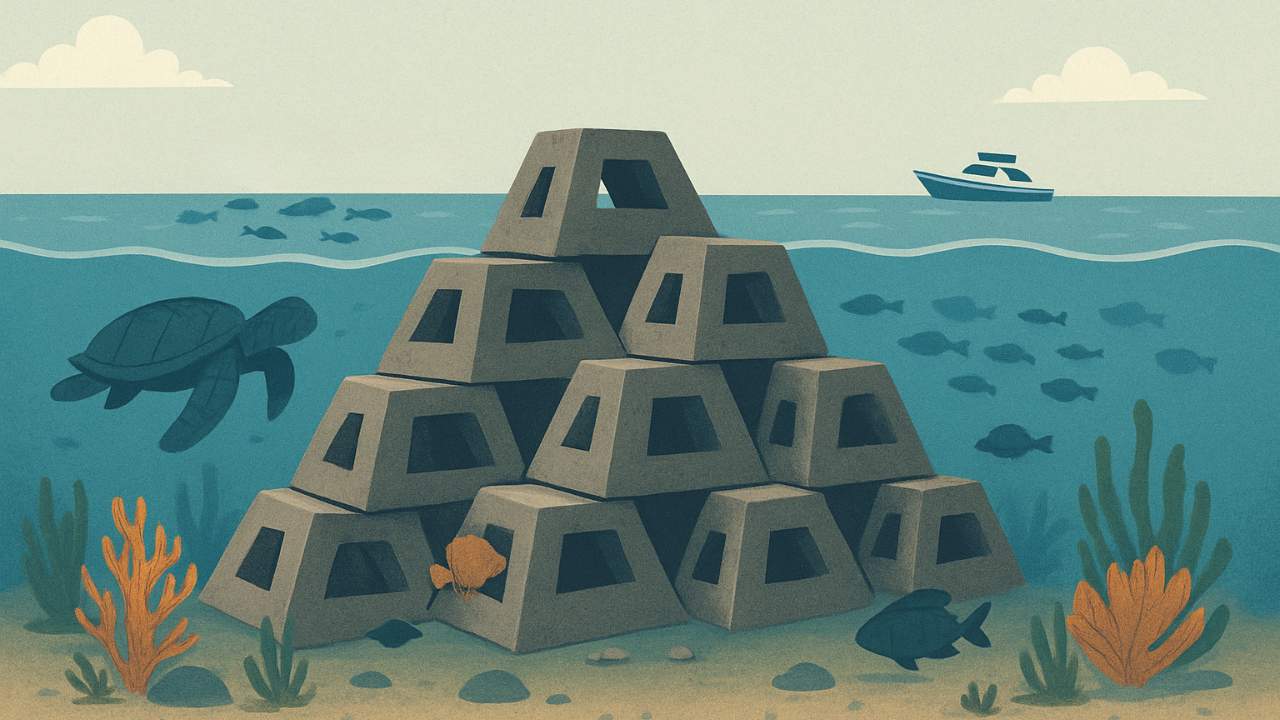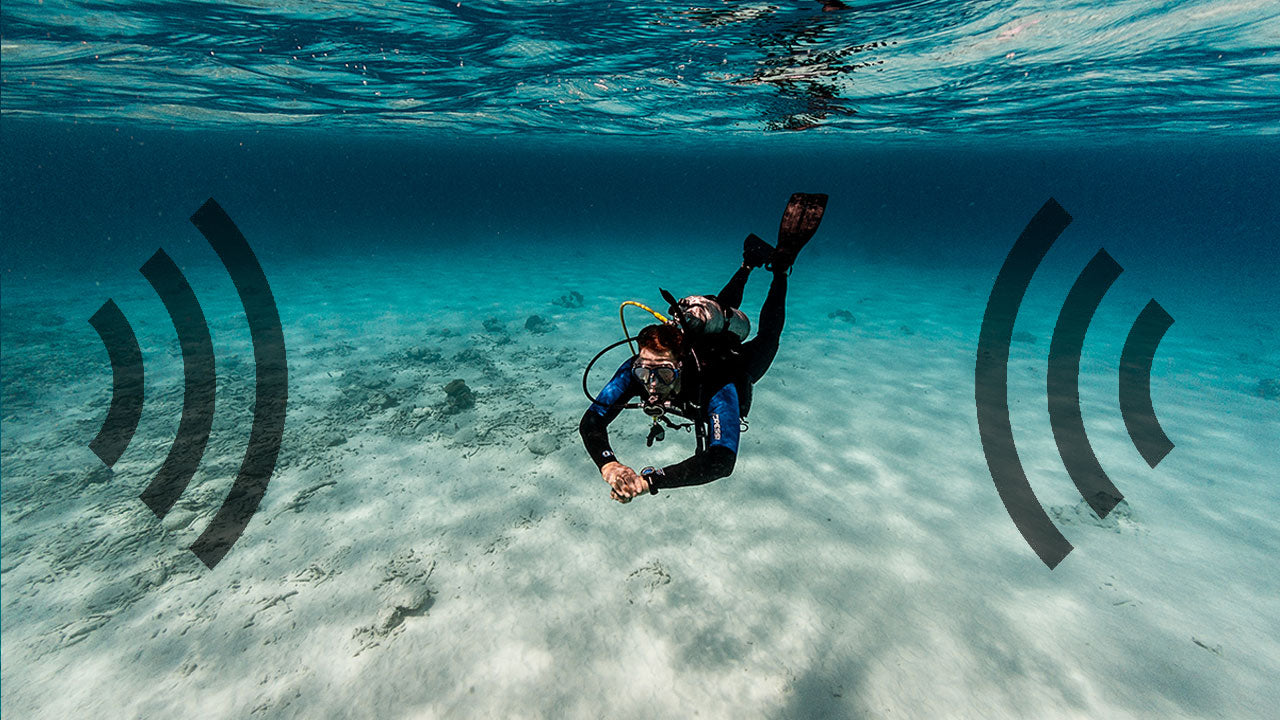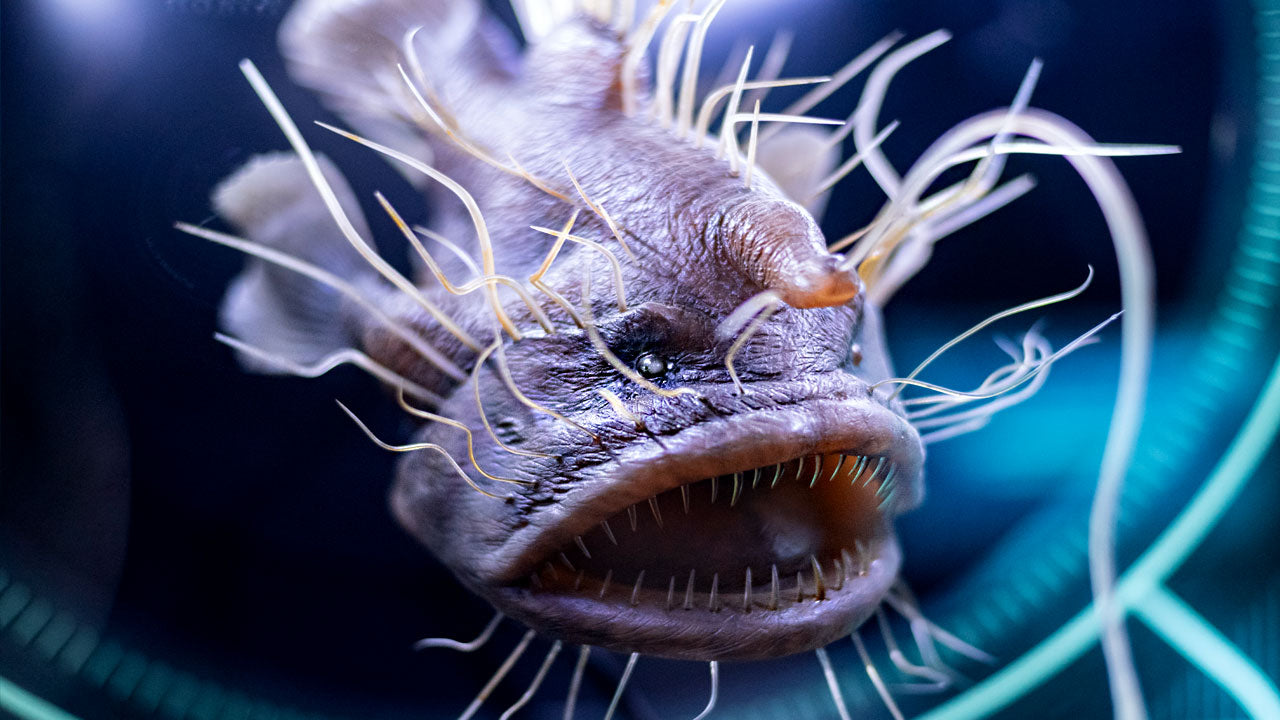Manatee vs. Dugong - What’s the Difference?

Both manatees and dugongs, nicknamed "sea cows", are slow-moving herbivorous (mostly) marine mammals that belong to the Sirenian animal order. The first sailors were persuaded that these creatures were sirens (or mermaids), hence the name of the order.
There are five known species of Sirenia - the West Indian manatee, the Amazonian manatee, the West African manatee, the dugong, and the extinct Stellar’s sea cow (hunted to extinction in the 18th Century).
Although manatees and dugongs have a lot in common, they are oceans apart in terms of location, biology, and behavior.
Habitat
One major difference between dugongs and manatees is their habitat.
Dugongs never leave saltwater. They spend their entire life in shallow, sheltered coastal areas such as bays and mangrove swamps.
Manatees, on the other hand, can be found both in fresh and saltwater. West Indian and West African reside primarily in salt water but migrate to warmer freshwater areas in the winter. The Amazonian manatee lives only in fresh water.
Physical Differences
It is true, that manatees and dugongs look very similar, still, there are a few notable differences when it comes to their physical attributes. Two of the biggest are the structures of their tails and snouts.
Manatees have horizontal, paddle-shaped tails with only one lobe to move up and down when the animal swims; it’s similar in appearance to that of a beavertail. Dugongs have a fluked tail, meaning it is made up of two separate lobes joined together in the middle.
The snout of a dugong is broad, short, and trunk-like. It faces downward with a slit for a mouth, useful for feeding off the ocean floor. Manatees have a divided upper lip and a shorter snout, which means that they are able to both gather food to eat and feed on plants growing at or near the surface of the water.
Another difference is that dugongs have overgrown incisors set at the front of the mouth. These resemble small tusks. They are really only obvious on adult male dugongs and are not present in manatees at all.
Manatee teeth are very unique. Manatees have what's called "hind molar progression", also known as "marching molars". Manatees constantly grow molars in the back corners of their mouth. As the front teeth grind down and eventually fall out, the molars fully emerge, pushing new teeth forward.

Social Life
Both manatees and dugongs are primarily solitary animals but have very different approaches when it comes to partners. Manatees are devout polygamists. A male manatee can have several female partners. Females give birth around the age of three with successive births following every two to three years.
Dugongs, on the other hand, have only one mate, and they live as a couple for life. Females begin birthing around ten years old and continue to do so every three to five years.
Manatee
Dugong


Order
Sirenia
Sirenia
Family
Trichechidae
Dugongidae
Genus
Trichechus
Dugong
Average lifespan
40 years
70 years
Size
2.4-4 meters (8-13 feet)
2.4-3 meters (8-10 feet)
Average weight
400-600 kg (880-1320 lb)
250-500 kg (550-1102 lb)





Great article about Manatees and Dugongs. Thank you for publishing this information. 5 Stars. By Gregg L. Friedman MD